The passage from the lochs in the extreme north west of Scotland, around Cape Wrath to Orkney, is not an easy one. Unencumbered by the protection of the Outer Hebrides, the seas north of the Butt of Lewis are unconstrained, and the rollers have their origins in winds far out west in the Atlantic – from Canada even. In addition, in order to make the tidal gate of Hoy Sound – the western entrance of Scapa Flow – you have to fight the tide around the Cape.
We left Kinlochbervie at 4am, rounding the coast and entering a quite confused sea. The sun rises in the north east at this time of year, and we were greeted by spectacular vistas shining across a sea stack.


Once round the Cape, the Atlantic swell stabilised somewhat and we motor sailed a mile and a half off. Paul, a former Navy pilot, indicated a rocky island which he had bombed several times from a Sea Harrier, and which is still in use by the MOD for that purpose.
Arrival in Orkney went as planned, although we just squeezed through into Hoy Sound, and I should in retrospect have got up at 0300, as at one stage we had 1 knot of speed fighting the beginnings of the foul tide.

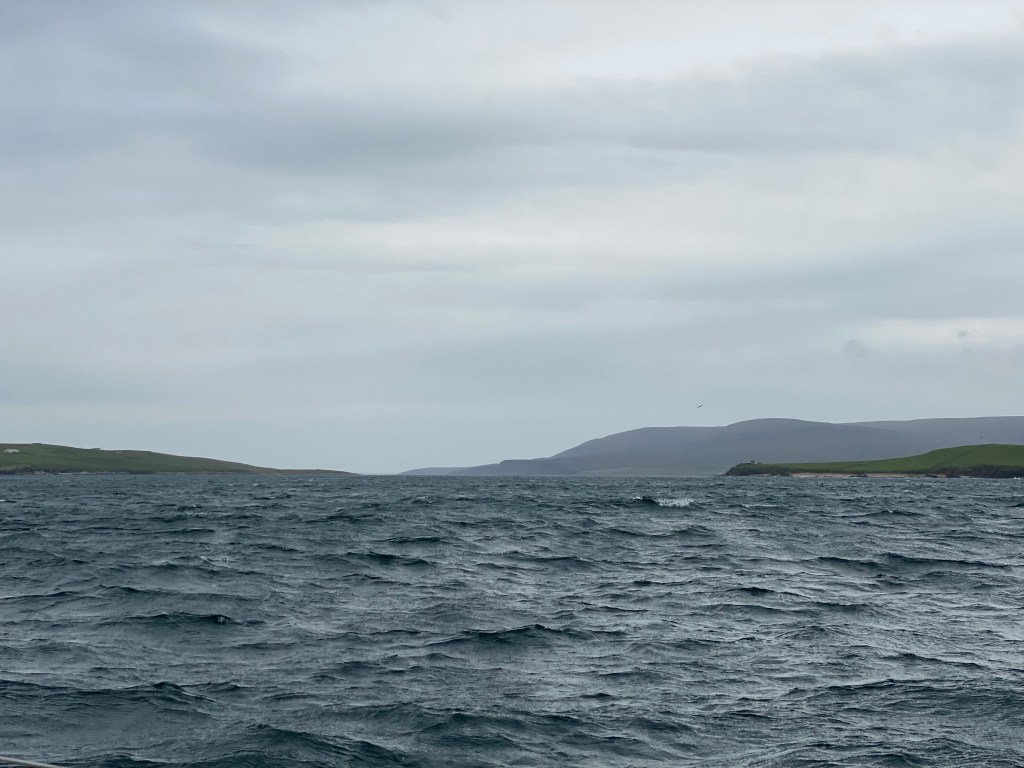
Once into Stromness, we were delighted to be joined by St Barbara V, the Royal Artillery yacht, which was skippered by regular Spellbinder crew Neil. The yacht is conducting an anti-clockwise UK circumnavigation. We even managed to fix their heads with a spare part I carried, for which they very kindly gave me a bottle of single malt, as their morale had been somewhat boosted by the repair!

The next day we hired a car and explored the mainland of Orkney, which expanded somewhat in the Second World War as ‘Churchill’ barriers were built linking some islands and in so doing cut off potential routes in to attack ships anchored in Scapa Flow.
Scapa flow is known mainly for the scuttling of the German fleet in 1919 and for the daring and successful attack by a German U Boat in 1939 which sank HMS Royal Oak. We learnt much about these events as we toured.
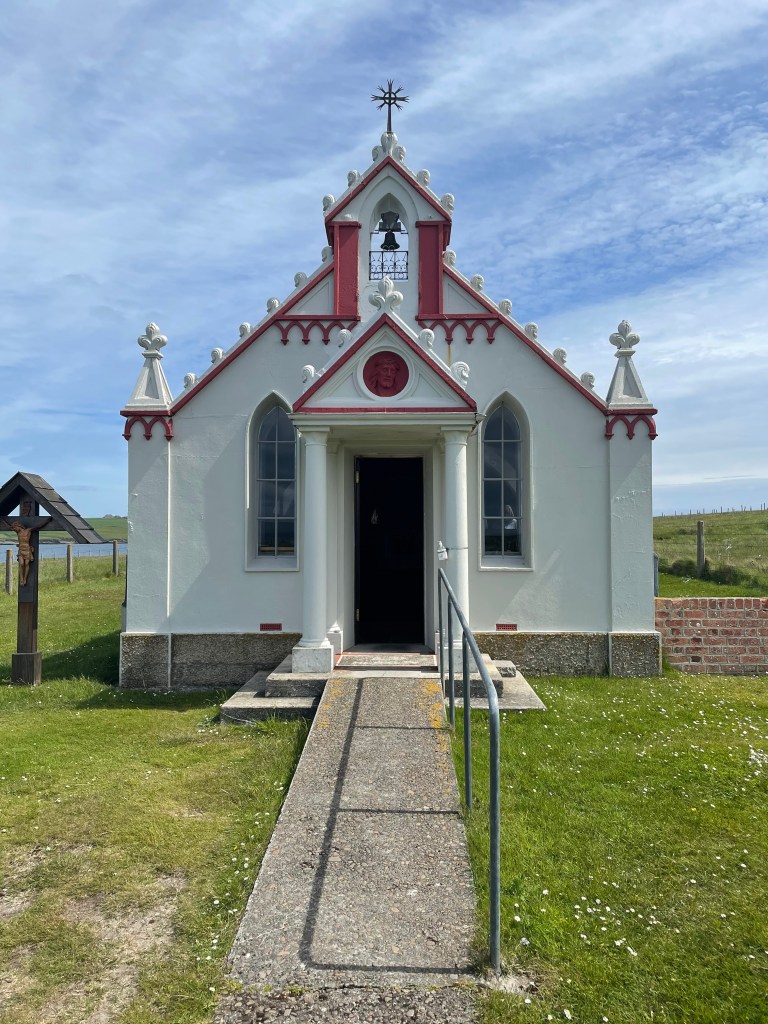
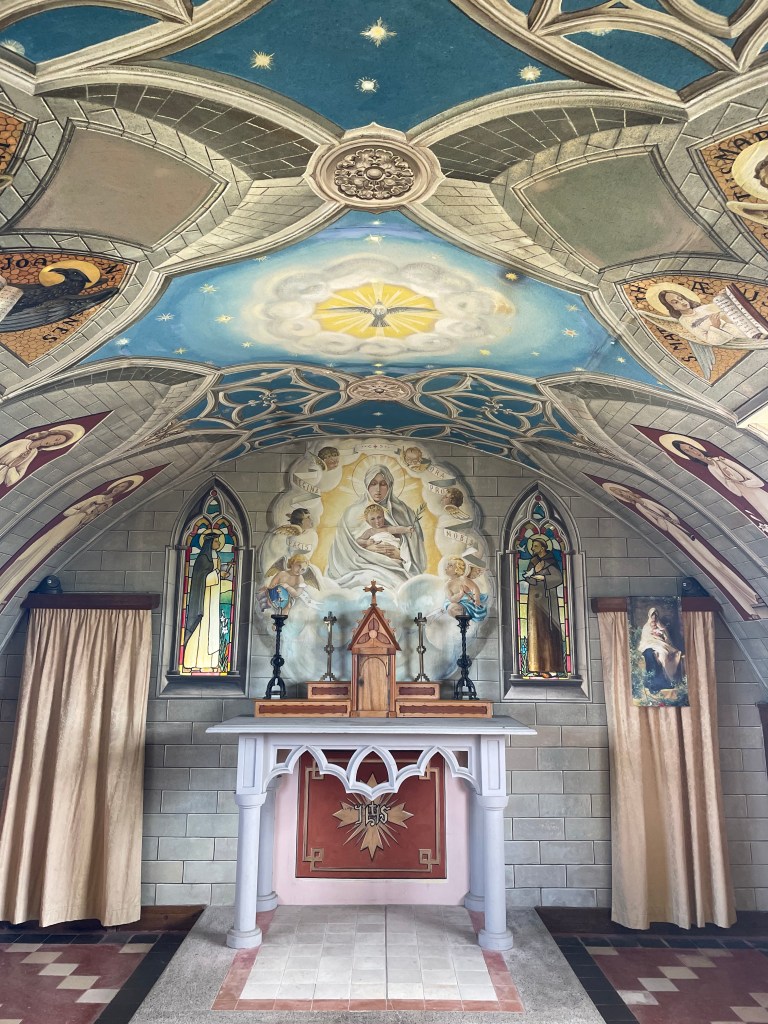
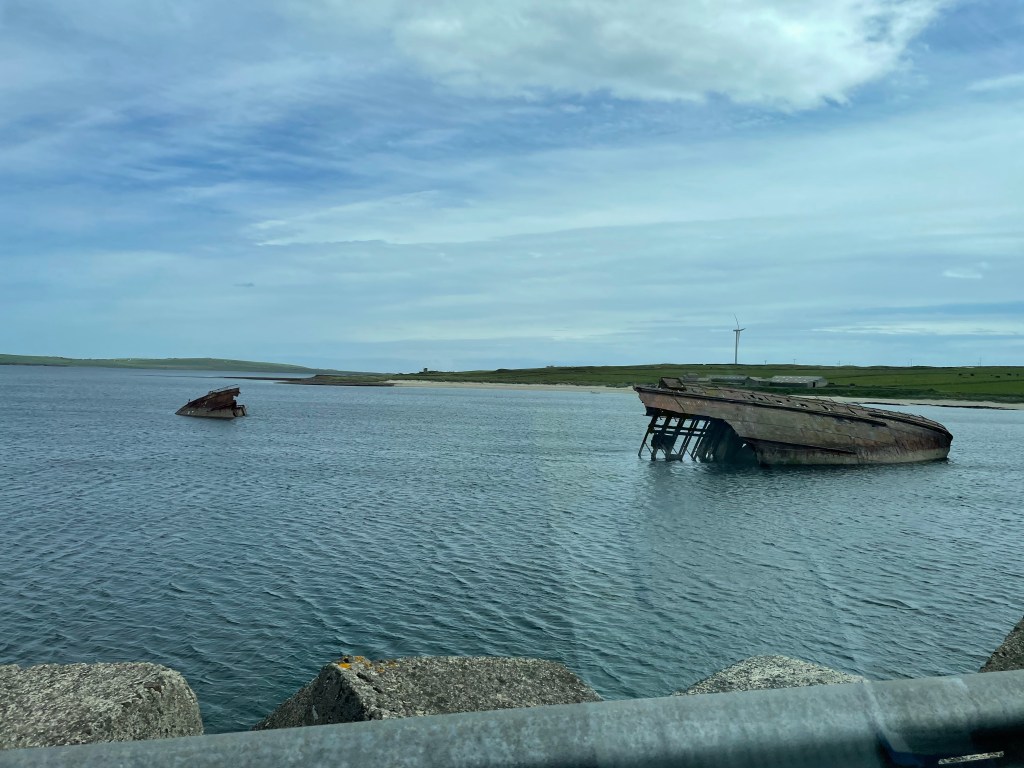
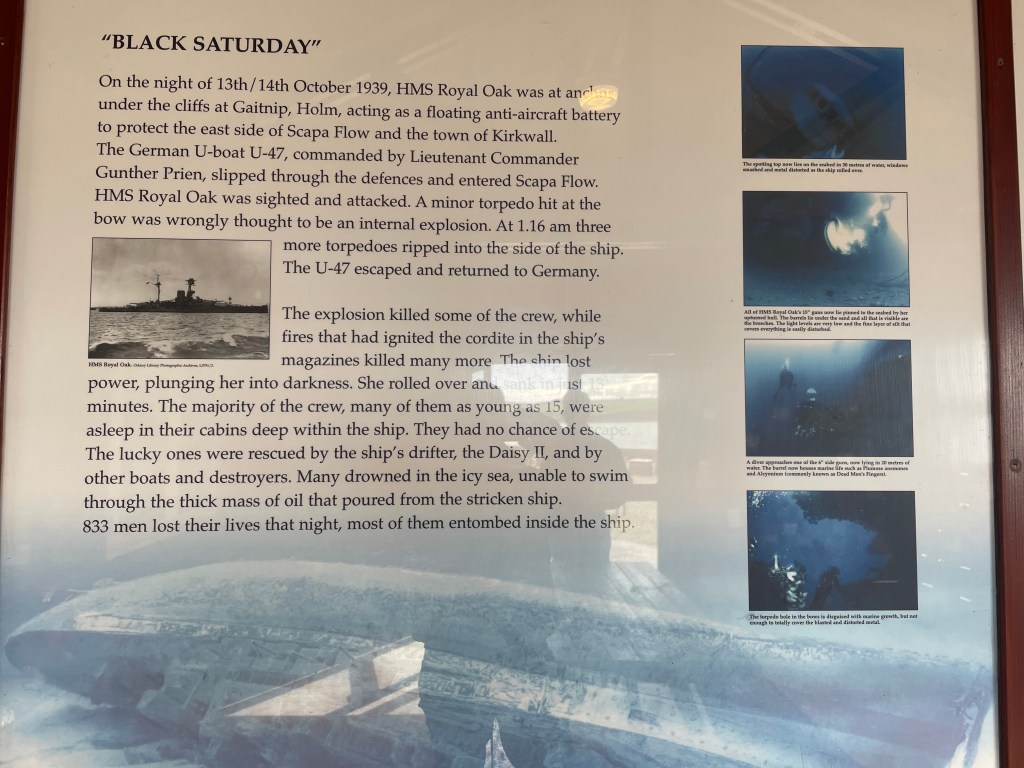

Having spent a while appreciating the history of Scapa Flow in the two World Wars, we then drove to some of the peninsulas and appreciated the vistas and geology. We also found a bistro at the southern tip of the mainland which not only served us a very fine and warming seafood chowder, but also afforded us fine views across the Pentland Firth, another notorious stretch of water which we would cross two days later.
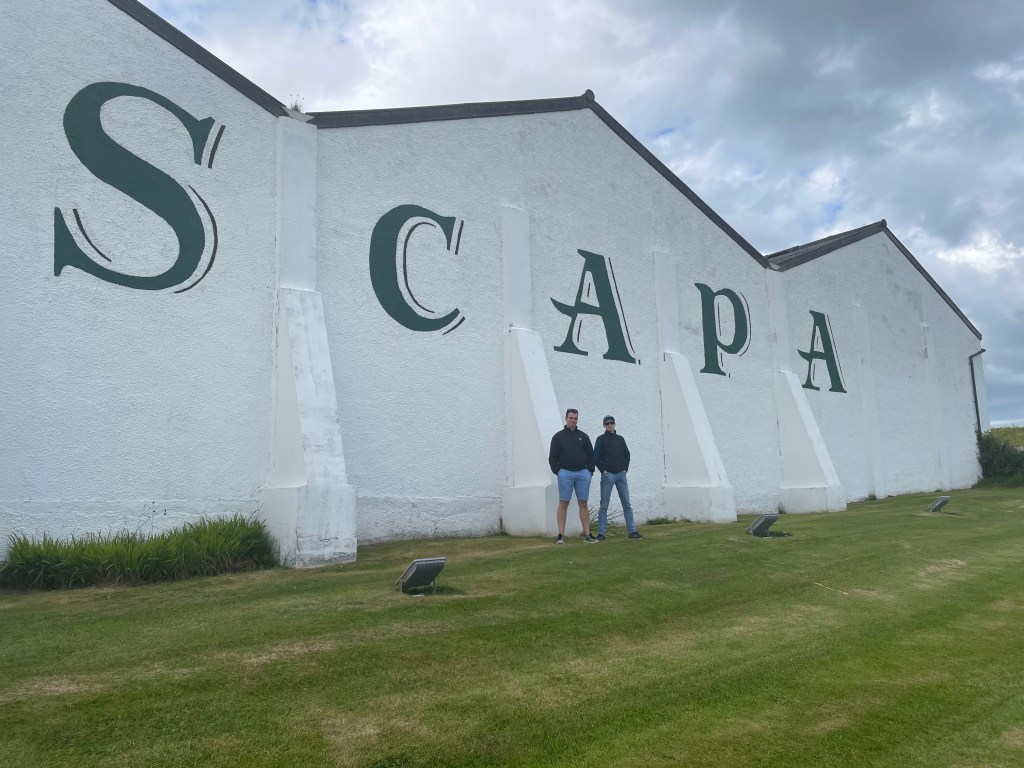

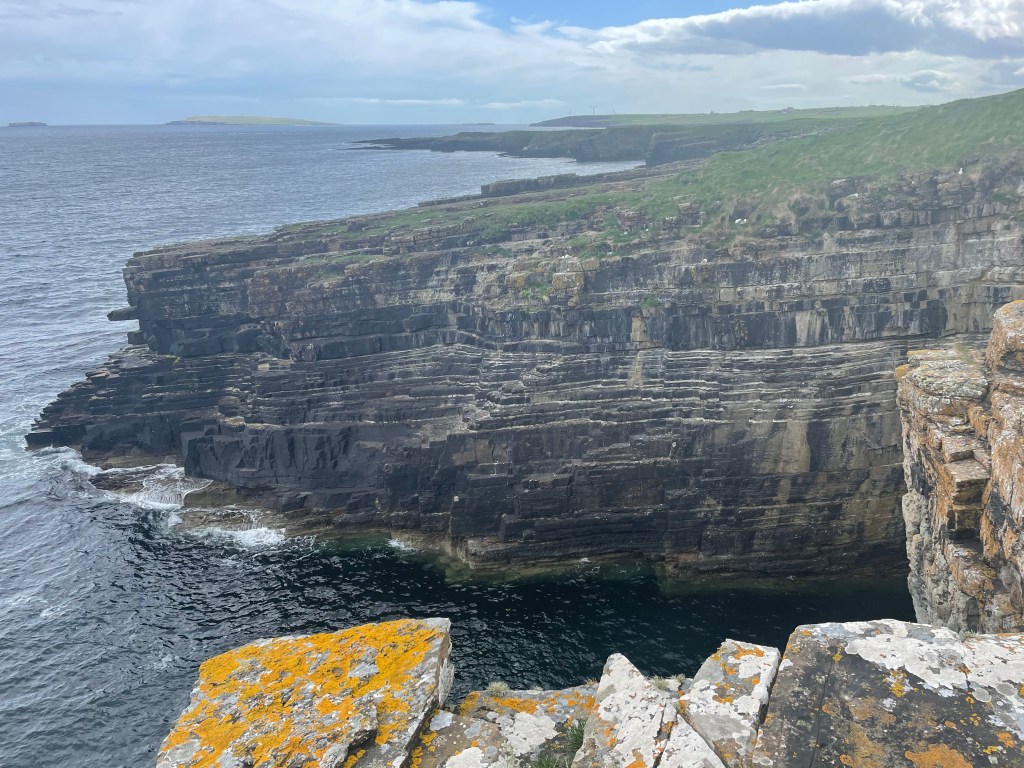
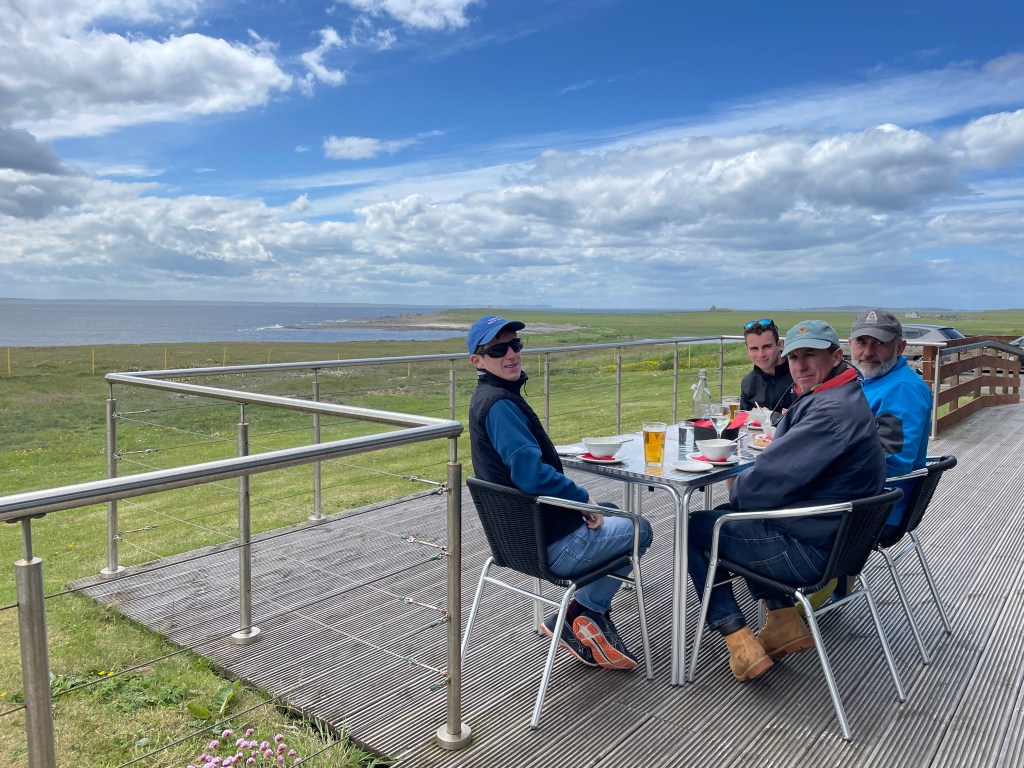
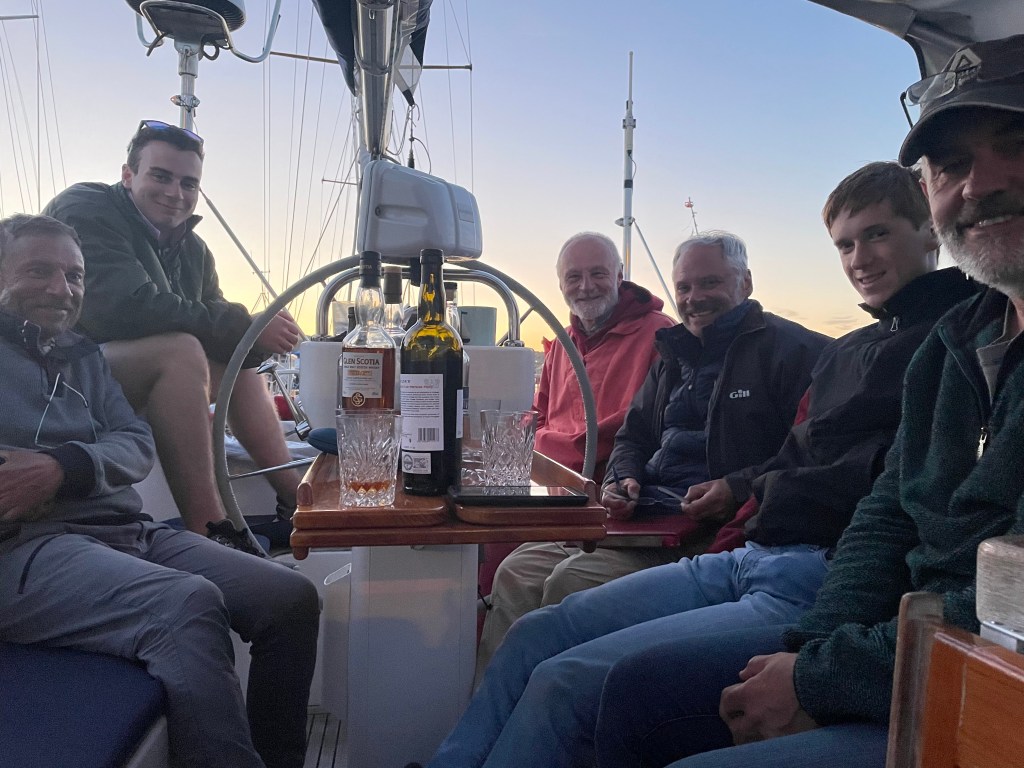
The next morning Paul and Caspar flew out of Orkney and Jonty and I headed south to explore Scapa Flow by boat. Jonty caught several mackerel, and we ended up at Long Hope, sheltering from the west winds before crossing Pentland Firth the next day.

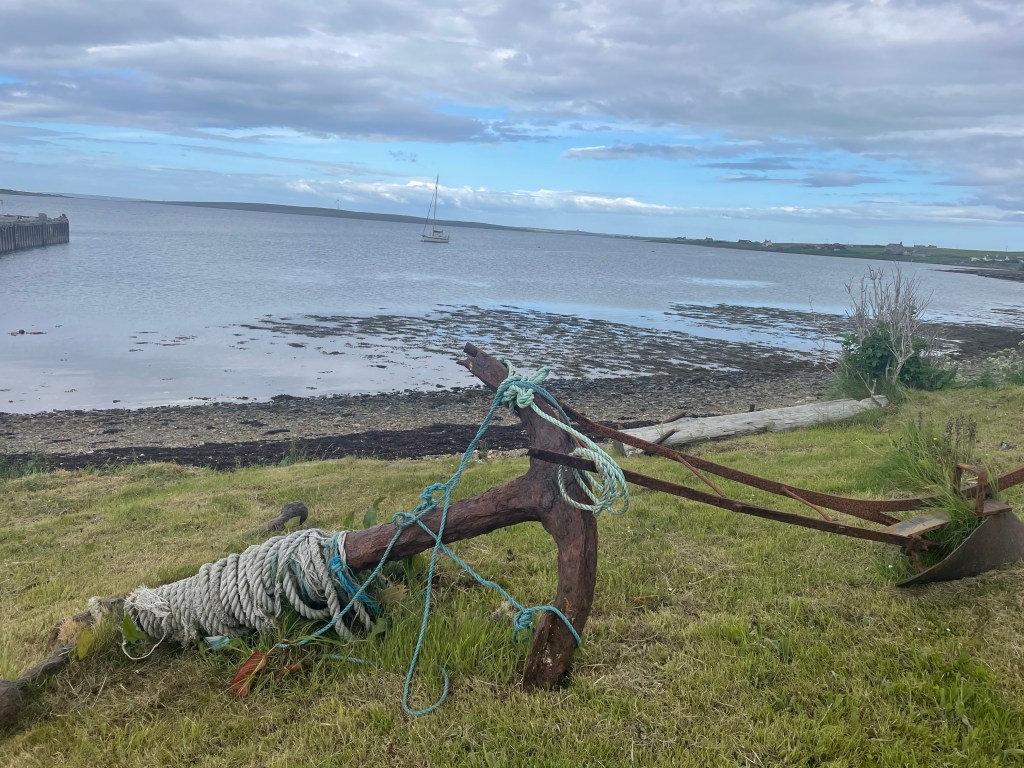

The next morning we headed out at the right time for the tides, and crossed Pentland Firth uneventfully. It can run up to 16 knots, making it perhaps the most fearsome bit of water in the UK (more so than Portland Bill) but we crossed at neaps in fine weather.
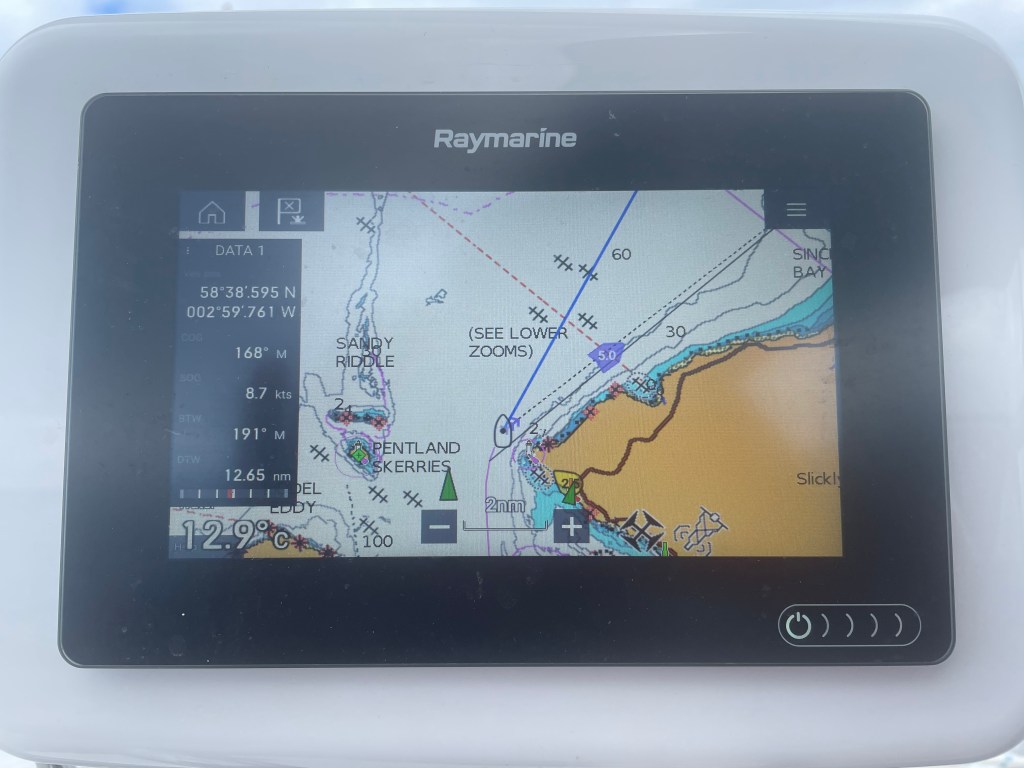

Destination for the evening was Wick, which has a well-sheltered harbour and, much to my delight, a fine French restaurant which has been in business for 22 years. Never one to turn down such an opportunity, I indulged in escargots and confit de canard in Bord de la Mer, reveling in the oddness of doing so in the far north east of the UK.
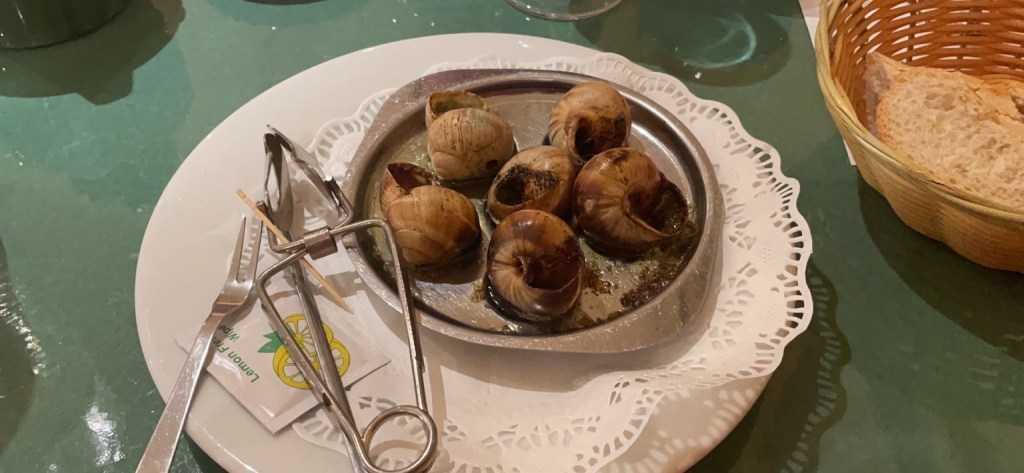

Our final passage was along the coast to Inverness, in a steady easterly breeze, which made for some enjoyable sailing.
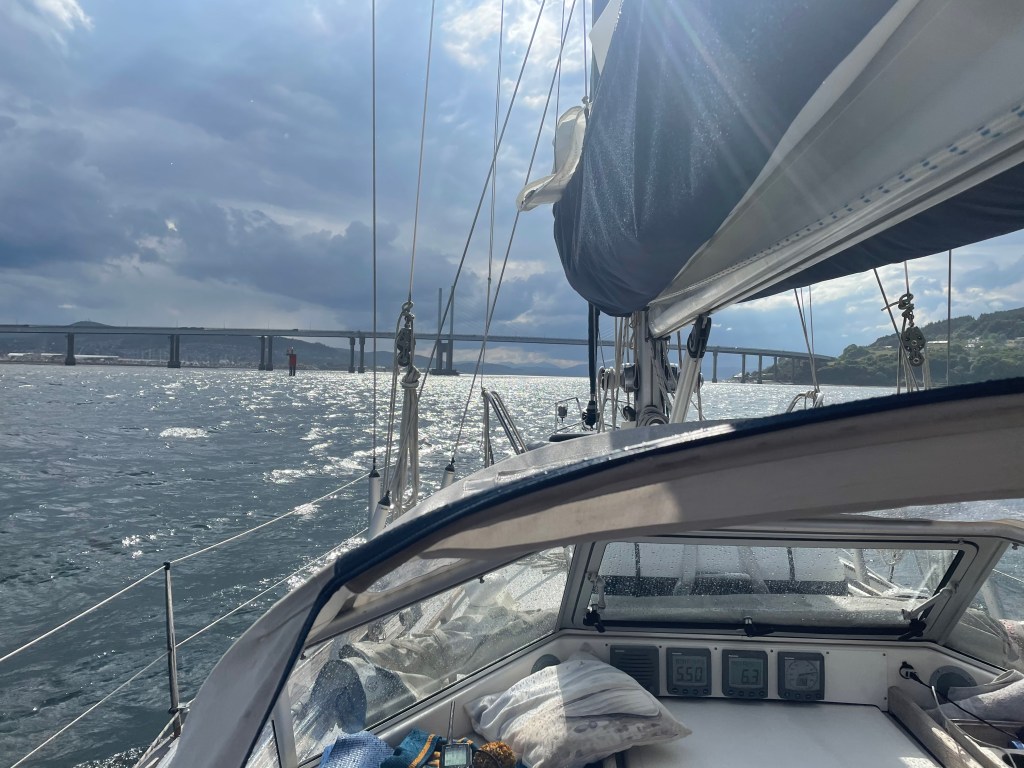
We now have a couple of days of admin; Tom flies in and Jonty flies out. The Caledonian Canal, with Loch Ness, 22 locks and fresh water awaits us.
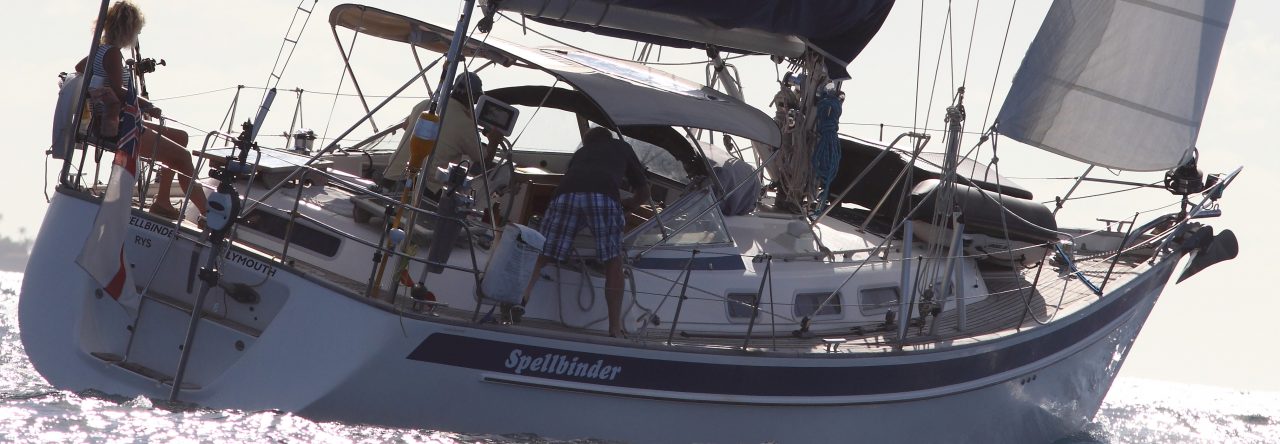
Great blog Nick. Sounds like you are having quite an adventure. Tremendous photos.
LikeLike
Thanks, Nick, for your detailed and exciting accounts. I feel I have travelled round the Scottish coast without the accompanying discomfort. Then again, I haven’t savoured the gastronomic delights of your landward excursions, except vicariously! So it balances out.
LikeLike
Fantastic photos, Nick. Looks like you are having a blast!
Johnny
Sent from my iPad
>
LikeLike